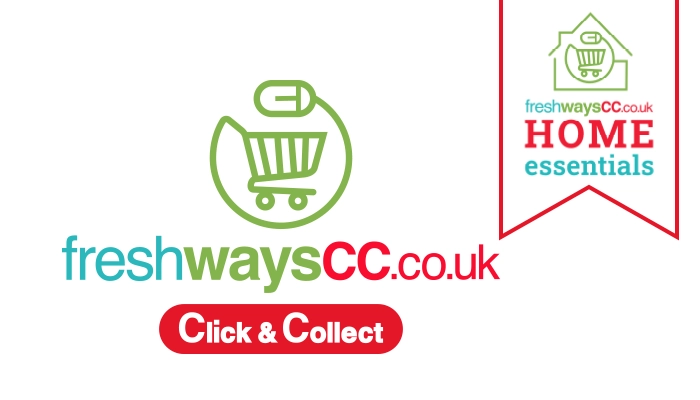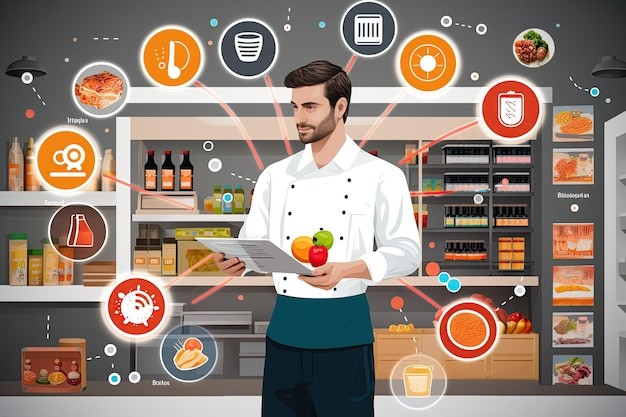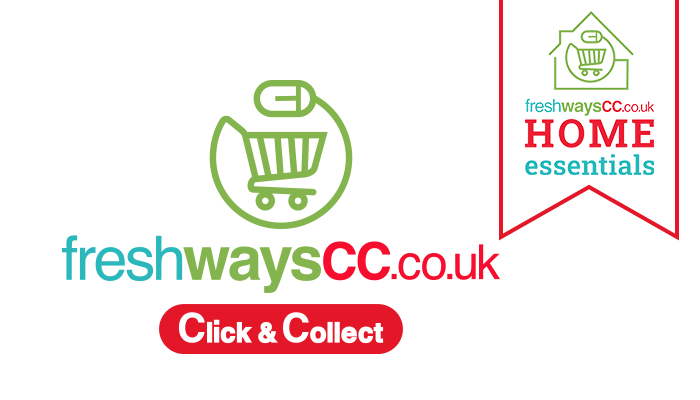Working smarter involves finding ways to streamline tasks, leverage technology, and improve efficiency. This could mean reorganising the kitchen for better workflow or using software to manage orders and inventory. The goal is to save time and reduce stress, leading to a better environment for your team and customers.
In this blog, we’ll share productivity hacks designed specifically for restaurants. From optimising kitchen operations to enhancing customer experiences, we’ve got practical tips you can start using right away to boost efficiency and improve your restaurant’s success.
Ready to learn how to make your restaurant run smoother? Let’s get started!
Optimise Your Workflow
To make a restaurant run smoothly, one of the most important things you can do is optimise your workflow. This means finding ways to organise your kitchen and staff so that everything runs as efficiently as possible. Let’s look at a couple of key strategies to achieve this.
- Streamline the Kitchen Layout
An efficient kitchen layout can greatly affect how quickly and easily you can prepare food. When the kitchen is well-organised, everyone knows where things are, which reduces the time spent searching for tools or ingredients. Plus, it helps prevent people from bumping into each other or getting in each other’s way.
Here are a few tips for streamlining your kitchen layout:
- Group by Task or Ingredient: Keep similar tasks or ingredients together. For example, place all your baking supplies in one area and all your grilling tools in another. This way, the chef responsible for baking doesn’t have to cross the entire kitchen to get what they need.
- Minimise Movement: Arrange your stations to reduce the distance your staff has to travel. Think about a logical flow from prep to cooking to plating. This helps speed up the process and reduces the chances of accidents.
- Easy Access to Essentials: Make sure the most-used tools and ingredients are within arm’s reach. This can save precious time, especially during a busy dinner rush.
- Implement Pre-Prep Routines
Pre-preparation, or pre-prep, is a great way to reduce stress during busy service times. It involves getting as much done as possible before the rush begins, so you’re not scrambling to prepare ingredients on the spot.
Here are some benefits and tips for pre-prep routines:
- Reduce Service-Time Stress: When you pre-prep, you have fewer things to worry about when the orders start coming in. This allows the kitchen to focus on cooking and plating, rather than chopping vegetables or marinating meats.
Examples of Pre-Prep: You can chop vegetables, marinate meats, and portion out ingredients in advance. This can save a lot of time during service, as these tasks are often the most time-consuming.
- Faster Service and Less Waste: When everything is ready to go, you can serve customers faster, leading to happier customers and quicker table turnover. Pre-prep also helps reduce waste because you’re more likely to use only what you need, rather than guessing or rushing.
Leverage Technology
- Use Point-of-Sale (POS) Systems
Point-of-Sale (POS) systems can revolutionise your restaurant’s operations by simplifying order management, tracking inventory, and providing detailed reports. They help reduce order errors and speed up customer service.
Popular POS systems for restaurants include:
- Square for Restaurants: Known for its simplicity and integration with other Square tools.
- Toast POS: Specifically designed for restaurants, offering a wide range of features.
- Shop Keep: Cloud-based, with a focus on scalability and ease of use.
To get the most out of your POS system, integrate it with other software like accounting programs to automate financial reporting and inventory management tools for seamless stock control.
- Explore Kitchen Display Systems (KDS)
Kitchen Display Systems (KDS) are digital screens that improve communication between front-of-house and back-of-house. They help reduce order errors and increase kitchen efficiency, leading to better customer service.
With KDS, orders are displayed clearly, reducing misunderstandings and making it easier for kitchen staff to prioritise tasks. This technology is especially useful for busy kitchens where paper tickets can get lost or misread.
Effective Staff Management
- Cross-Train Employees
Cross-training is crucial for flexibility and reducing downtime in a restaurant. By teaching employees to perform multiple roles, you can easily fill gaps when someone is absent, improving overall efficiency. Cross-trained employees also tend to have better morale since they understand the broader workflow and feel more valuable to the team.
To create an effective cross-training program, rotate employees through different stations and provide clear documentation for each role. Start with simpler tasks and gradually increase responsibility. This approach helps staff adapt quickly and reduces disruptions in day-to-day operations.
- Implement Team Communication Tools
Tools like Slack or Microsoft Teams can streamline communication, making it easier to coordinate shifts, share important information, and resolve issues quickly. These platforms can also help with scheduling, allowing employees to check their shifts and request changes without complicated paperwork.
By cross-training employees and using team communication tools, you can create a more flexible, efficient, and harmonious work environment in your restaurant.
Enhance Customer Experience
- Streamline the Ordering Process
Streamlining the ordering process can make a big difference in customer satisfaction and table turnover. Techniques like digital menus, Click and Collect, QR code-based ordering, and mobile apps allow customers to place orders more quickly, reducing wait times and improving overall efficiency. Faster ordering not only enhances the customer experience but also helps turn tables more quickly, boosting revenue.
This way, you can benefit from faster ordering without sacrificing the warmth and hospitality that customers expect.
- Prioritise Customer Feedback
Customer feedback is invaluable for understanding what works and what needs improvement in your restaurant. Listening to customers helps you make informed decisions that can boost satisfaction and drive repeat business.
To gather feedback, consider using surveys, online reviews, and comment cards. The key is to act on this feedback to show customers that their opinions matter.
Read More: The Role of Social Media for Food Business Success
Conclusion:
In conclusion, we’ve explored a variety of productivity hacks to help you work smarter, not harder, in your restaurant. From streamlining your kitchen workflow and leveraging technology to cross-training staff and enhancing the customer experience, these tips can significantly boost efficiency and satisfaction. Remember, success in the restaurant industry often depends on adaptability and innovation, so don’t be afraid to experiment with these hacks. We’d love to hear your own experiences and what works best for you.










